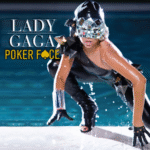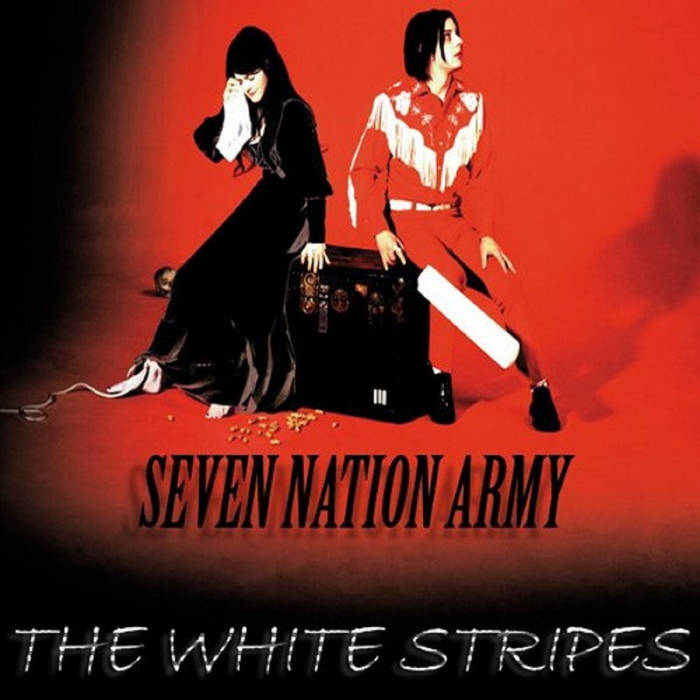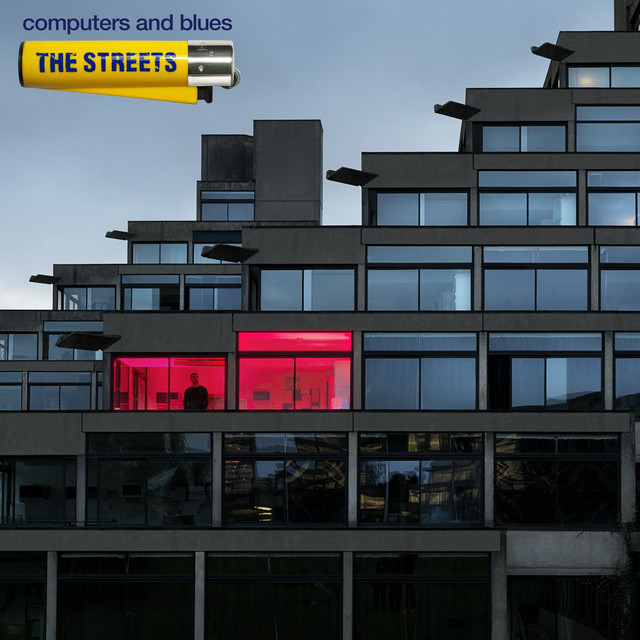 In 2008, the music world witnessed the arrival of a force unlike any other: Lady Gaga. With her debut album The Fame, she combined infectious dance-pop hooks, a bold sense of style, and a conceptual approach to fame and celebrity culture that few artists dared to explore. At the forefront of this debut was “Poker Face,” a track that would become a global phenomenon, topping charts in more than 20 countries and solidifying Lady Gaga’s place as one of the most influential pop artists of the 21st century.
In 2008, the music world witnessed the arrival of a force unlike any other: Lady Gaga. With her debut album The Fame, she combined infectious dance-pop hooks, a bold sense of style, and a conceptual approach to fame and celebrity culture that few artists dared to explore. At the forefront of this debut was “Poker Face,” a track that would become a global phenomenon, topping charts in more than 20 countries and solidifying Lady Gaga’s place as one of the most influential pop artists of the 21st century.
“Poker Face” is more than a danceable club anthem; it is a masterful study in duality, desire, and self-control. Behind its glittering synth lines, thumping 4/4 beat, and catchy chorus lies a complex song about sexuality, deception, and emotional armor. Its title—“Poker Face”—captures the tension between what is shown and what is hidden, between public persona and private desire, a theme that resonates with the ethos of Lady Gaga’s entire career.
This article explores the creation, musicality, lyrical content, cultural impact, and lasting legacy of “Poker Face”, examining why it remains a defining pop song of the 2000s and a touchstone for contemporary music.
The Rise of Lady Gaga and the Birth of Poker Face
Born Stefani Joanne Angelina Germanotta in 1986 in New York City, Lady Gaga emerged from the downtown club scene, performing in small venues and developing her persona as a daring, theatrical performer. Influenced by pop icons such as Madonna and David Bowie, as well as electronic and dance music, she cultivated a sound that was at once familiar and avant-garde. Her songwriting was shaped by personal experiences, observations of fame, and explorations of sexuality and identity.
After signing with Interscope Records and working with producer RedOne, Gaga began crafting what would become The Fame. RedOne, a Swedish-Moroccan producer known for his work in dance-pop, brought a polished, energetic sound to Gaga’s raw ideas. Among their collaborations, “Poker Face” stood out for its ability to combine a minimalist, catchy hook with layered, nuanced meaning. According to Gaga, the song was inspired by both personal experiences with relationships and her fascination with the performative aspects of love and desire.
Released as the second single from The Fame in September 2008, “Poker Face” quickly eclipsed its predecessor, “Just Dance”, in both commercial success and cultural resonance. It became a defining statement of Lady Gaga’s artistic identity: audacious, enigmatic, and irresistibly catchy.
Musical Composition: The Anatomy of a Pop Masterpiece
From the first note, “Poker Face” grabs the listener with its sleek, electronic pulse. Its foundation is a four-on-the-floor dance beat, a hallmark of late-2000s electro-pop, which immediately situates the song in club-ready territory. Layered atop this rhythm is a minimalist synth line, punctuated with staccato chords and echoing arpeggios that create tension and drive. RedOne’s production balances repetition with variation, ensuring the song remains hypnotic without ever becoming monotonous.
Lady Gaga’s vocal delivery is central to the song’s impact. Her voice shifts between controlled, almost detached verses and a full-throated, anthemic chorus. This dynamic mirrors the lyrical content: restraint versus desire, concealment versus revelation. The chorus—“Can’t read my, can’t read my, no he can’t read my poker face”—is immediately memorable, both melodically and rhythmically, making it a hook that transcends language and culture.
A key aspect of the song’s sound is its use of layered vocals and effects. Gaga’s voice is doubled and sometimes pitched slightly, creating a sense of multiplicity, as if multiple personas are speaking at once. The subtle use of vocoder effects, particularly in the bridge and chorus, adds to the song’s futuristic, robotic quality, reinforcing the themes of emotional control and artificiality. The production is clean yet dense, allowing every element—from the bass pulse to the hi-hat clicks to the synth pads—to contribute to the song’s hypnotic energy.
The song is structured with precision. It follows a conventional verse-chorus format but plays with tension and release expertly. The verses are relatively subdued, providing space for the chorus to explode with energy. Bridges and pre-chorus sections build anticipation through rhythmic and melodic repetition, and the instrumental breaks—featuring synth stabs and electronic fills—create a sense of momentum that drives the song forward, perfect for both radio play and club environments.
Lyrics and Themes: Desire, Deception, and Duality
While “Poker Face” is undeniably a dance track, its lyrical content adds a layer of sophistication. On the surface, it is a song about concealment in romantic and sexual relationships. Gaga has explained that the song is inspired by her experiences dating women while publicly in relationships with men, highlighting the tension between public perception and private desire.
The chorus—“Can’t read my poker face”—serves as a metaphor for emotional armor, a mask that protects one’s true feelings and intentions. The lyrics balance playful flirtation with a sense of guardedness, reflecting the duality of human behavior in intimate contexts. Lines like “Love game intuition / Play the cards with spades to start” extend the poker metaphor, framing romantic interaction as a strategic game in which vulnerability must be carefully managed.
The song also contains subtle sexual innuendo, most notably in the line “I’m bluffin’ with my muffin”. While delivered in Gaga’s characteristically playful style, this lyric reinforces the song’s theme of hidden desire, blending humor, sexual confidence, and theatricality. The layering of serious emotion and cheeky innuendo makes the song simultaneously fun, provocative, and intellectually engaging.
Furthermore, the lyrics engage with the broader theme of identity. By presenting a “poker face,” Gaga comments on the performative nature of persona in modern relationships and celebrity culture. The listener is left to navigate the tension between what is revealed and what is concealed, a concept that resonates with Gaga’s overall artistic ethos of exploring self-presentation and authenticity.
Music Video: Visual Iconography and Cultural Impact
Directed by Ray Kay, the music video for “Poker Face” amplifies the song’s themes through visual spectacle. Gaga appears in a variety of striking, futuristic outfits, blending elements of fashion, performance art, and pop sensibility. The choreography is minimalist yet precise, emphasizing both repetition and control, mirroring the song’s lyrical exploration of concealment and strategic emotional display.
The video’s imagery—dominated by stark lighting, metallic costumes, and choreographed group movements—enhances the sense of controlled intensity present in the music. Gaga’s performance alternates between detached and expressive, visually embodying the duality of the song’s lyrics. The video became iconic, contributing to Gaga’s reputation as a boundary-pushing visual artist and helping to cement her image as an innovator in pop music presentation.
Its impact was amplified by MTV, YouTube, and emerging social media platforms, allowing it to reach audiences worldwide. The combination of memorable hooks, provocative lyrics, and striking visuals made “Poker Face” a cultural phenomenon, inspiring countless parodies, tributes, and homages.
Reception and Commercial Success
“Poker Face” achieved unparalleled commercial success upon its release. It topped the Billboard Hot 100 for three consecutive weeks in the United States and remained on the chart for over 30 weeks. It also became Gaga’s first number-one hit internationally, reaching the top of the charts in more than 20 countries, including the United Kingdom, Australia, Canada, and Germany. The song was later certified multi-platinum in multiple markets, reflecting both its immediate popularity and lasting appeal.
Critics praised the track for its catchy hooks, innovative production, and Gaga’s vocal performance. While some initially questioned whether her theatricality would overshadow her musical ability, the song demonstrated her capacity to combine artistry and accessibility, appealing to both pop audiences and critics alike. Retrospective reviews have consistently highlighted “Poker Face” as a landmark in 2000s pop music, noting its influence on subsequent electronic and dance-pop artists.
The song also won a Grammy Award nomination for Best Female Pop Vocal Performance, further solidifying its place in music history. Beyond awards and charts, its success marked the beginning of Lady Gaga’s ascent to superstardom, laying the groundwork for future hits like Bad Romance, Telephone, and Born This Way.
Cultural Significance and Influence
“Poker Face” represents a turning point in pop music, particularly in the fusion of electronic dance production with mainstream pop sensibilities. It showcased the commercial potential of electro-pop at a time when hip-hop, R&B, and rock dominated the charts, influencing countless artists and producers who sought to blend electronic instrumentation with strong melodic hooks.
Thematically, the song contributed to broader conversations about sexuality, performance, and gender in pop music. Gaga’s exploration of concealed desire, fluid sexual identity, and performative behavior resonated with LGBTQ+ audiences, while also challenging mainstream expectations of femininity and romantic expression. The song’s success proved that pop music could be simultaneously fun, danceable, and intellectually engaging.
Its influence is evident in the work of later artists like Kesha, Dua Lipa, Charli XCX, and Robyn, all of whom blend electronic production with playful, self-aware lyrics and theatrical performance. Gaga’s willingness to embrace persona and spectacle while delivering chart-topping hits has become a model for contemporary pop stardom.
The Song’s Enduring Legacy
More than a decade after its release, “Poker Face” remains a staple of pop culture. It is frequently included in “best of” lists for 2000s music, dance-pop, and iconic pop singles. Its chorus is instantly recognizable, and its rhythmic and melodic motifs continue to be referenced in media, advertising, and social platforms.
The song’s enduring appeal lies in its combination of accessibility and sophistication. It is easy to dance to, easy to sing along with, and easy to remember, yet it contains layers of thematic depth and musical nuance. Gaga’s vocal delivery, RedOne’s production, and the song’s lyrical wit combine to create a track that rewards repeated listening while remaining a high-energy anthem.
Live performances of “Poker Face” have become highlights of Gaga’s concerts. She frequently reinterprets the song with new arrangements, theatrical staging, and audience participation, demonstrating its flexibility and ongoing relevance. Whether performed in massive stadiums or intimate venues, the song maintains its emotional and musical impact, captivating audiences across generations.
Conclusion: A Defining Pop Masterpiece
“Poker Face” is more than a hit song; it is a masterclass in pop music innovation, blending catchy hooks, sophisticated production, and layered thematic content. Lady Gaga’s debut single introduced the world to her singular vision: a combination of music, performance art, fashion, and cultural commentary that continues to influence contemporary pop music.
Its themes of desire, concealment, and duality resonate universally, allowing listeners to engage with the song on multiple levels—whether as a dance anthem, a playful exploration of romantic strategy, or a statement about identity and persona. The song’s commercial success, critical acclaim, and enduring cultural relevance ensure that “Poker Face” remains a cornerstone of 21st-century pop music, a testament to Lady Gaga’s talent, creativity, and audacity.
By perfectly balancing fun, sophistication, and theatricality, “Poker Face” captured a moment in time while also creating a timeless anthem. Its influence can be heard across genres, its lyrics quoted by fans and artists alike, and its presence in popular culture remains undeniable. More than a decade later, Lady Gaga’s “poker face” continues to captivate, seduce, and inspire, proving that true pop mastery is as much about persona and narrative as it is about melody and rhythm.


